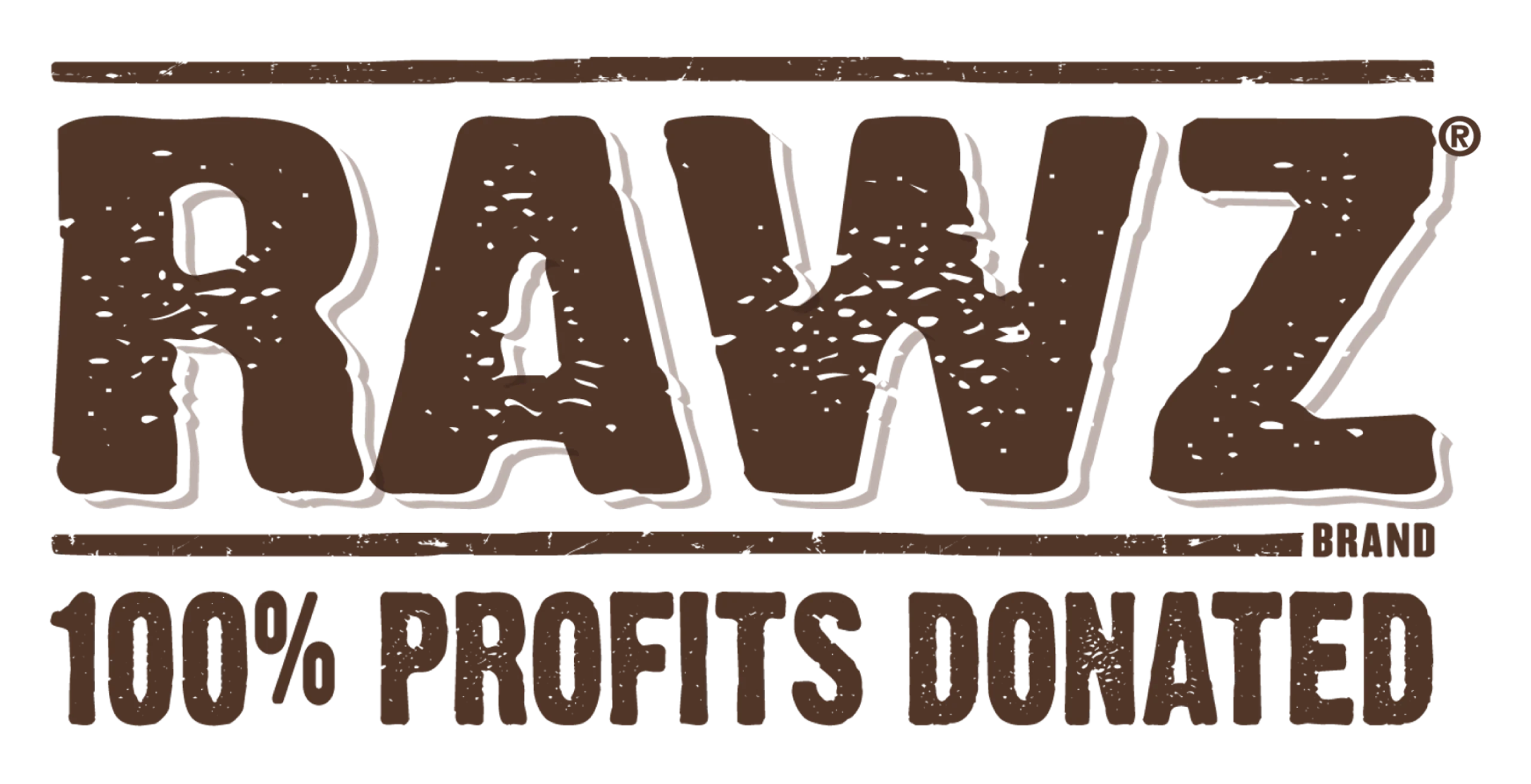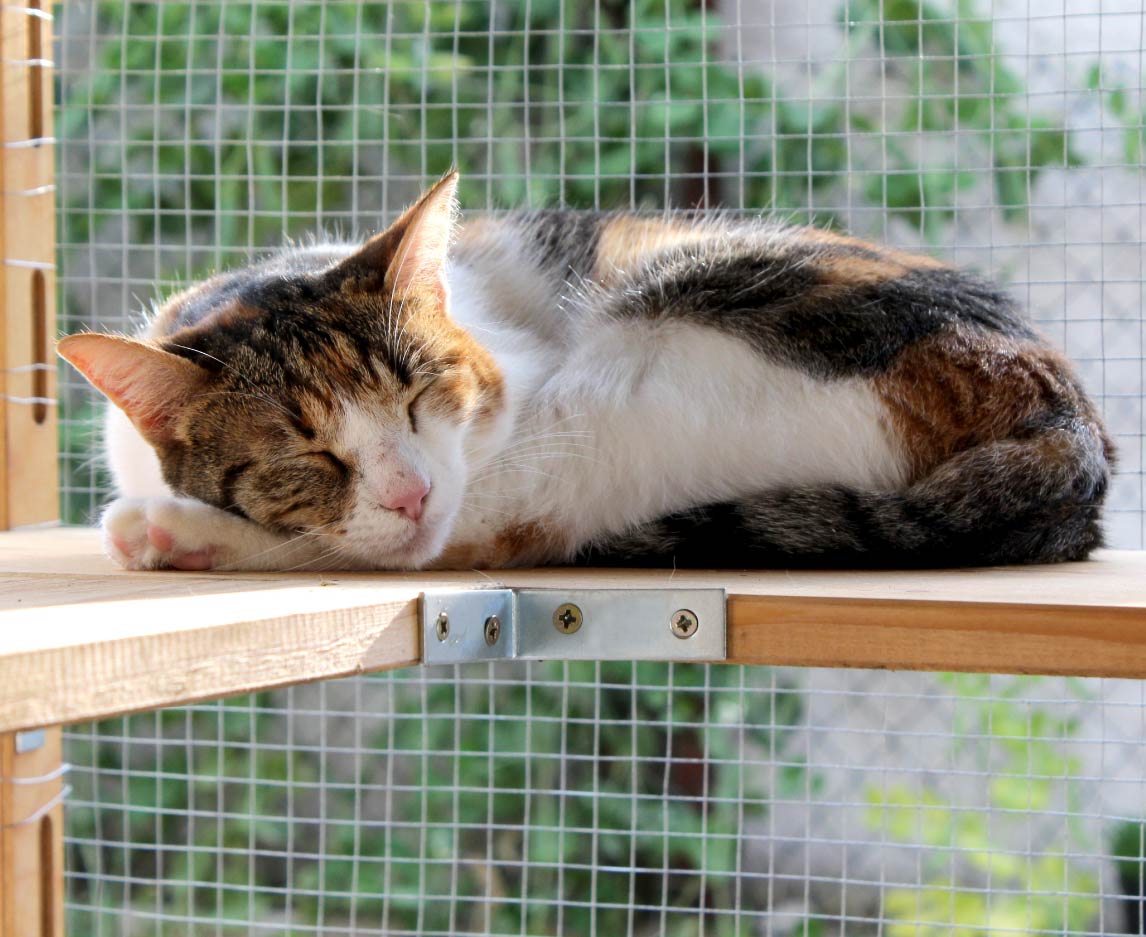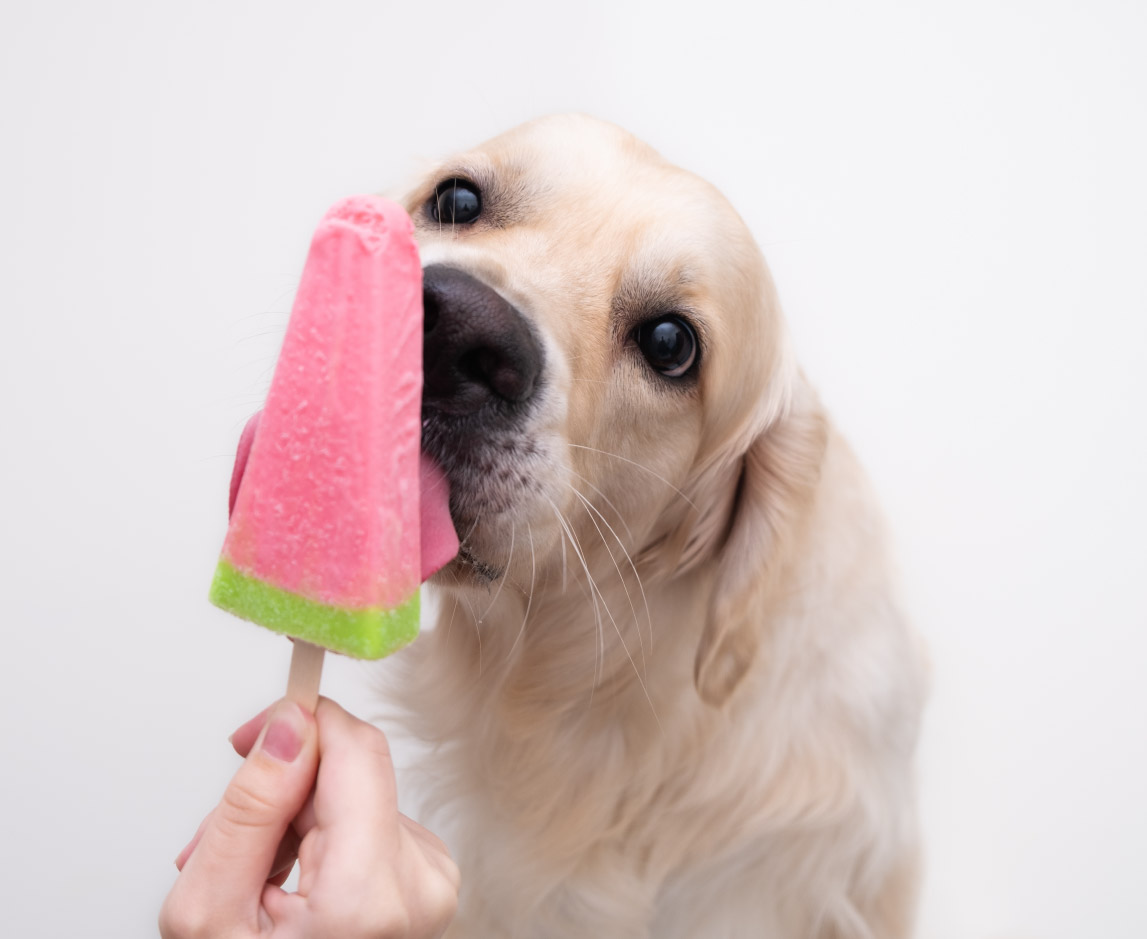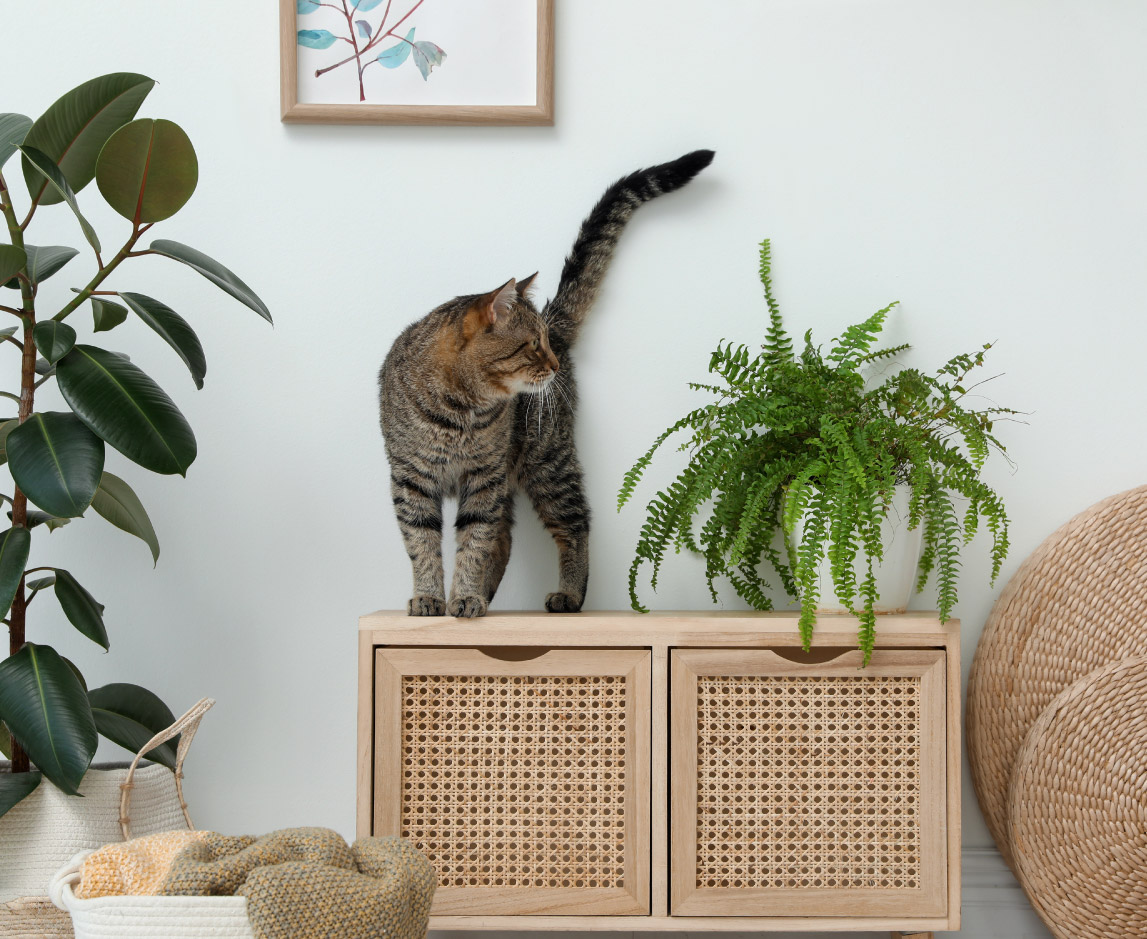I can still remember reaching the age when I became self-conscious about muscle tone. As a typical American kid I was being bombarded with the images of fit and trim celebrities in media. For some kids, they wanted to get “huge” like The Incredible Hulk (minus the green), while others wanted to be “ripped” or “shredded” like those adorning the covers of health/fitness magazines. Perhaps my own height insecurities left me with a belief that when I achieved single percentage body-fat level, I may finally have a growth spurt?
While my own rather vain desire for building a lean muscular body didn’t really stem from a desire for health or well-being, I think we can all agree for pets the benefits of such a body composition abound. The obvious strain on joints resulting from carrying excess weight is just one of the problems to be avoided from a fat laden body composition. Improved lean muscle mass will lead to an increased resting metabolism, better insulin health (affecting how the animal handles simple carbohydrates/controls blood sugar). The pet will ultimately have a better biological age, improved general health, more energy, stamina and strength. Often thought of simply as a mineral issue, a pets’ bone density trends towards healthy levels when supporting a lean, muscular body.
Diet- This quest for optimizing animal health raises the question, how does my pet achieve a lean, muscular body composition? Ironically, the prescription is nearly the same for pets’ as for us humans; it’s all about diet and exercise. As for diet, people generally think of the protein content of a food as the most important factor which to some extent is true. Protein content, or how much of the macro-nutrient responsible for muscle building in a food, is indeed important. However, equally important is a protein’s quality. A protein’s efficiency or usability by the animal depends greatly on the foods’ amino acid profile. Heat and duration are the enemy of protein efficiency when it comes to how a protein is prepared. The extremely harsh, high heat/long cooking time, process of rendering used to produce rendered meals leaves the protein’s amino acid profile damaged. Unfortunately, not only does the inefficient protein fail to build muscle tissue, but also must be processed as waste, taxing a pet’s organs. While a raw diet provides the least processed source of protein, RAWZ’s dehydrated chicken provides minimal processing while avoiding the cost and food safety risks of raw protein.
Exercise- While the benefits of exercise in building lean muscle mass resemble those achieved for humans, let’s review how:
-
- lower risk of disease and enhanced recovery
- exercise prevents/reverses obesity and affiliated health issues
- pumps out toxins via the lymphatic system
- increased metabolism (even when at rest)
- improves insulin and general health
- lowers biological age, improves general health, energy, stamina, and strength
Types of exercise While for us two legged folk most of our exercise takes place in gyms or fitness centers, our pets get much of their exercise through daily living. That’s not to say different forms of intentional exercise aren’t beneficial and a few concepts should be kept in mind.
-
- Walks are great, but take care not to have excessive breaks or stops in order to maximize cardiovascular benefit
- Swimming is a great form of impact-free exercise, some dogs really benefit using an underwater treadmill
- Agility training combines task driven cardio, improves coordination, suppleness, and generates self-confidence
- High Intensity Interval Training (HIIT) can be as simple as a game of fetch or repeated hill climbs
As with humans, any movement is better than no movement, but consistent exercise will provide the most benefit.
Whether through nutrition focused around minimally processed protein, consistent exercise, or ideally, a combination of both, the goal is the improved health of your pet. Hopefully these ideas will help your pet become a lean muscle machine, or maintain an optimal physique!
